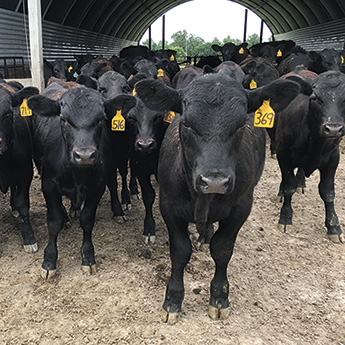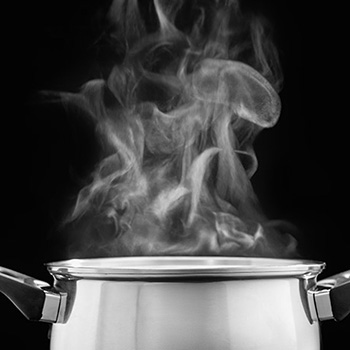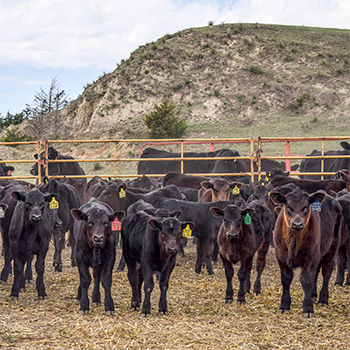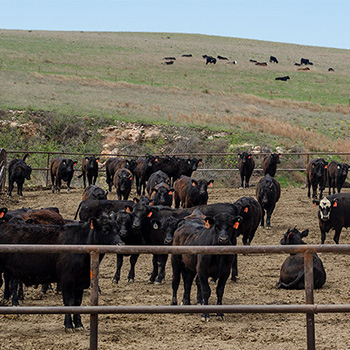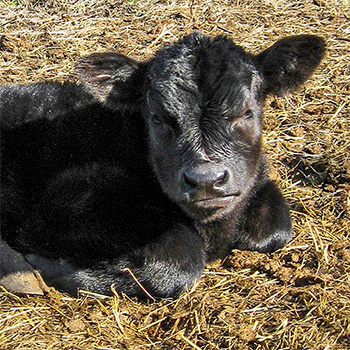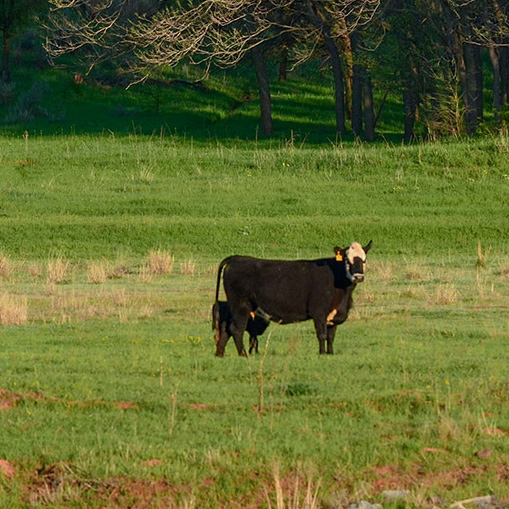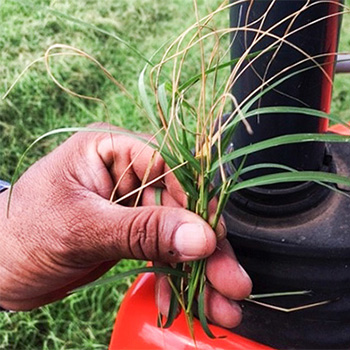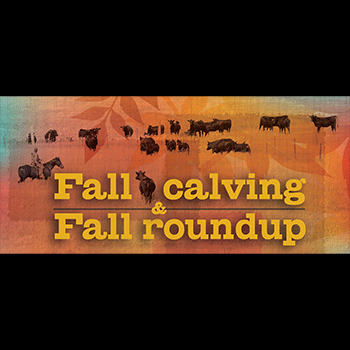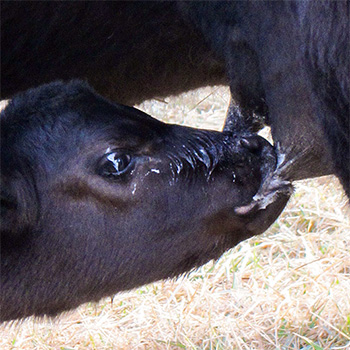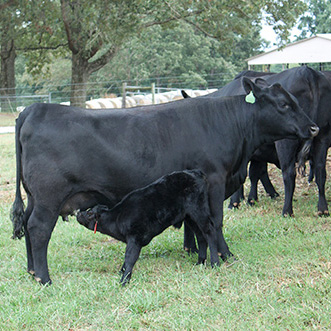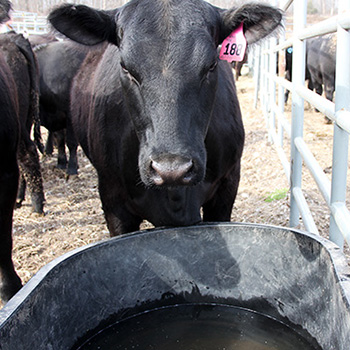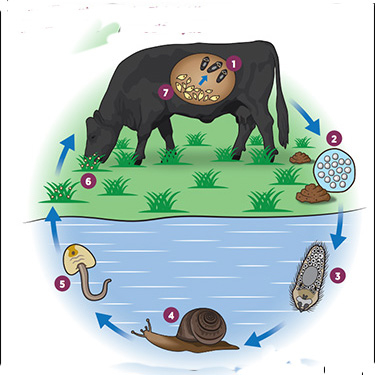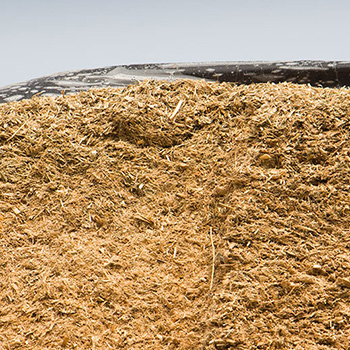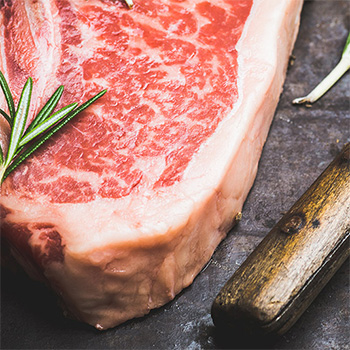Fall into Calving
Trace minerals set up dams and calves for immune and performance success.
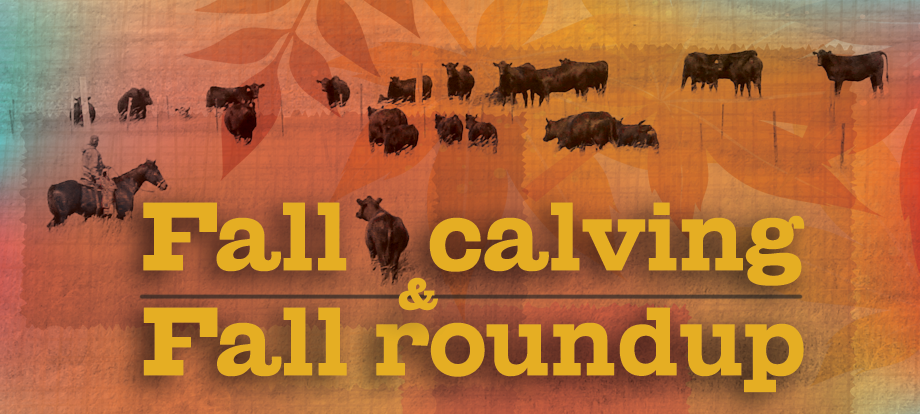
Many factors influence the success and health of a cow and calf, but none so much as nutrition. Something as simple as the type of trace minerals fed can affect immune status, weaning weights and pregnancy rates.
Shelby Roberts, a research scientist at the Alltech Center for Animal Nutrigenomics and Applied Animal Nutrition research facility, shares research showing how trace minerals can affect both dams and calves during calving season and beyond.
Type of trace minerals
Trace minerals influence a good deal of the cow-calf production cycle, including reproduction and pregnancy status, placental growth and development, in utero trace-mineral transfer and fetal development, postnatal calf nutrition, and calf growth, immunity, performance and sexual development.
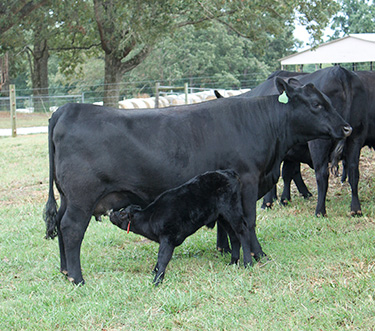 |
Cows fed organic minerals had higher levels of immune-boosting immunoglobulin in their colostrum. |
While trace minerals are absolutely essential, the type of mineral fed affects its efficacy. Inorganic minerals are reactive. They can react with negatively charged plant components, and they can get tied up by these compounds. This means more of the beneficial minerals pass straight through the manure. She puts it simply: No absorption equals no benefit to the animal.
Because of this, she recommends feeding organic minerals instead of inorganic minerals. While more costly, organic minerals provide performance benefit instead of expensive manure.
She shares data showing that replacing all inorganic minerals with organic minerals improved levels of immune-boosting immunoglobulin (IgG) antibody levels in cows’ colostrum. In the first 12 hours postcalving, IgG levels in cows fed organic minerals were 307.3, compared to 267.5 in cows fed inorganic minerals. In the first 24 hours, organic-mineral-fed cows’ IgG levels increased to 308.4, compared to 265.1 in those fed inorganic minerals.
That’s all well and good, but does the benefit actually transfer to the calves?
Yes. The calves of the cows fed organic minerals had calf serum immunoglobulin A (IgA) levels that improved from 203.6 to 286.9 in a 24-hour period.
“This is important because IgA is responsible for mucosal immunity, so when we think about respiratory pathogens, they come in through the mucosa. If we improve mucosal immunity, perhaps we can improve protection against respiratory pathogens,” Roberts explains.
Additionally, IgG concentrations on Day 30 were 1,667 in calves of organic-mineral-fed dams, compared to 1,272 in calves of inorganic-mineral-fed dams.
One thing to note, these benefits are purely from the dam being fed organic minerals. So, what happens when they are fed to the calf?
Calves fed organic minerals showed significant increases in 205-day adjusted body weight, at 498 pounds (lb.) vs. 478 lb., Roberts says. Pregnancy rates for a commercial cow herd fed organic minerals increased by 3%-4%. Adjusted weaning weights increased by 31 lb. in heifers and 18 lb. in steers, with an average of 25 lb. total in calves fed organic minerals.
Regardless of the mineral type fed, however, Roberts reminds cattlemen that dam nutrition is key to her calf’s success, so meeting nutrient requirements is paramount.
“Maternal energy restrictions during fetal growth could have long-term health and performance implications in offspring,” she says.
Heifers that received 65% of their diet energy requirements over the last 90 days of gestation had higher calf morbidity and mortality. Energy requirements are significantly higher in later months of gestation and lactation, so keep that top of mind as the fall season approaches.
For more information on nutrition affecting breeding and calving seasons, read the October Angus Beef Bulletin, with the theme prepare for breeding.
